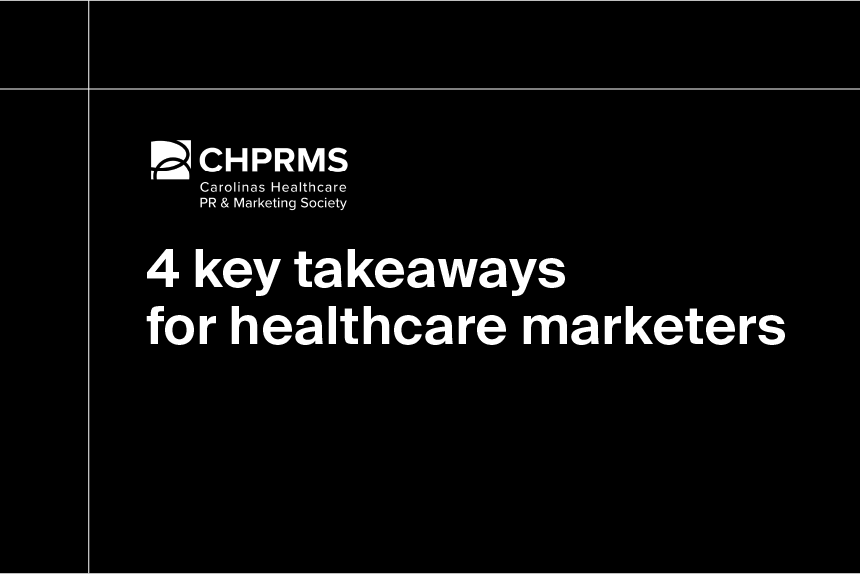The first several months of President Donald Trump’s second term have seen significant reforms to American healthcare policy. From exiting the World Health Organization and directing the National Institutes of Health to cancel grants with nearly $4.7 billion in unspent research dollars, to rescinding a Biden-era order that limited drug spending by Medicaid and Medicare, to eliminating gender-affirming medical treatment at VA hospitals (and reversing federal recognition of transgender and nonbinary people in certain contexts).
But the policy decision likely to have the broadest and most immediately felt impact on healthcare—as well as broad swathes of the U.S. business sector at large—is Trump’s widespread implementation of tariffs.
At the time of writing, Trump has applied tariffs on imports from Canada, China, and Mexico, along with global tariffs on steel and aluminum. He’s also implemented—and, in most cases, temporarily paused through early July—“reciprocal” tariffs all on nations worldwide, barring those that have negotiated for specific rates.
With a substantial portion of pharmaceuticals, medical devices, and medical supplies used in the U.S. being manufactured abroad, American life science developers, providers, and patients could feel the impact of this national shift toward protectionism.
What are tariffs—and who do they target?
Tariffs are duty fees on imported goods paid by the importer—in this case, American companies. Usually, these companies compensate for the cost of tariffs by raising the prices that consumers pay.
Tariffs are often considered a tool of trade protectionism, the theory and practice of restricting imports in an effort to bolster domestic production and reduce the leverage of foreign competitors. Many economists say tariffs hurt growth domestically and globally, hinder supply chains across industries (even for “domestically produced” products) and could lead to higher interest rates and overall cost of living.
Still, President Trump has expressed strong support for tariffs, countering that they would generate revenue, increase diplomatic leverage, and help to reshore manufacturing.
While initially focusing on Canada, China, and Mexico in a stated effort to address fentanyl trafficking, Trump has since imposed duties at a 10% baseline on all countries worldwide, with varying rates for global oil and gas, semiconductors, integrated circuits, and pharmaceuticals. A report from J.P. Morgan Wealth Management suggests that these tariffs could raise costs on U.S. households up to $2,000.
Some of these tariffs could potentially be struck down by U.S. courts, but even so, the administration’s stance could shape purchasing and investing decisions. And the continuation of any imposed tariffs could create particular challenges for organizations across the U.S. healthcare system—as well as potential opportunities for organizations equipped to seize them.
Providers, patients will pay the price on imported medical supplies
China is one of the largest producers of medical supplies used in the U.S., and has often been the focus of U.S. trade restrictions. In 2024, President Biden raised tariff rates on Chinese-produced syringes and needles to 50%, and certain personal protective equipment (PPE) to 25%.
Trump’s broader implementation of a 34% tariff on all Chinese goods could make these supplies even more expensive for providers—who may pass at least some of the cost on to patients—as even American-made medical supplies often source raw materials from overseas.
While long-term contracts and surplus inventories will likely keep prices from rising immediately, patients could feel the impact on their premiums and co-pays if cost pressures persist.
When a car manufacturer raises prices to offset the cost of aluminum and steel tariffs, for instance, a consumer might opt to hold off on buying a new vehicle. But when the cost of life-saving drugs, devices, or surgical procedures goes up, a consumer may not have the luxury to wait or shop around.
Beyond a potential price hike, disruptions in access to single-use devices and supplies like blood pressure cuffs, anesthesia instruments, and cautery pencils could pressure hospitals to delay potentially life-saving procedures and hamper efforts to diagnose, monitor, and treat patients. Around 94% of healthcare administrators surveyed by Black Book Market Research indicated that they anticipate reducing procurement volumes or waiting to upgrade equipment in response to rising costs.
Broad tariffs could also reduce the U.S.’s ability to respond to emerging public health emergencies. Just last year, U.S. providers relied heavily on IV products imported from China and Canada after Hurricane Helene destroyed the Baxter facility responsible for producing 60% of the nation’s IV fluid and dialysis solutions. Tariffs would make these products more expensive to source and produce.
Healthcare leaders expect widespread tariffs to result in across-the-board price increases in healthcare. When operating costs spiked at the start of the COVID-19 pandemic, for example, thousands of providers were forced to close their practices. With U.S. healthcare already facing a staffing shortage, even a short period of labor shrinkage could have downstream effects on public health and access to care.
Expect disruptions to pharmaceutical inventories
Despite growing tensions between the U.S. and China, China is a critical node in the U.S. healthcare supply chain. A report from the Administration for Strategic Preparedness and Response found that 90-95% of injectable drugs used in U.S. critical acute care settings were manufactured using materials from China and India.
Additionally, nearly 80% of facilities that produce active pharmaceutical ingredients (APIs) are outside of the U.S. The number of Chinese-based API manufacturers increased more than 100% between 2010 and 2015, and today represent nearly 30% of U.S. API sources. Tariffs on Chinese imports could thus hinder the ability of U.S. drug manufacturers to continue producing at pace—and reduce their ability to ramp up production to accommodate for diminished import supply in the future.
While pharmaceutical products are typically excluded from trade wars to reduce risks to patients, Trump’s tariffs have so far not included these carve-outs (the American Hospital Association has asked him to consider these exceptions). Nearly seven in 10 healthcare leaders told Black Book Market Research they expect to see at least a 10% increase in pharmaceutical costs due to the China tariffs alone—a figure that stands to rise if the EU becomes subject to similar fees.
These costs won’t only be passed on to providers and patients. The U.S. government itself is a key buyer of drugs through Medicare and Medicaid, and taxpayers will likely be required to absorb these costs as tariffs begin to impact its purchasing decisions.
Trump says these tariffs will bring manufacturing home from overseas and keep it here, and indeed, Eli Lilly has since announced plans to build four new facilities in the U.S.
While this announcement is good news for sure, analysts caution that bringing pharmaceutical production onshore is a long-term effort. Industry trade group PhRMA says it takes between five and 10 years to get a pharmaceutical manufacturing facility up and running in the U.S., and at a cost of up to $2 billion.
For many European and Asian drug makers, choosing to invest in a closed American manufacturing system would mean moving resources away from critical research and development functions. Given the complexity and cost, some global drugmakers—particularly smaller companies—may delay investment decisions until there is more clarity about U.S. trade policy.
What will the tariffs mean for you?
From construction and real estate, to software development and IT management, to drug and device development, wherever you fit in the healthcare ecosystem, there’s a possibility that your business (and your clients) might feel some of the cascading effects of this new reality in global trade.
Exactly what the tariffs mean for you and your business will depend on your unique sector, whether you rely on imported goods or raw materials, and from which countries those goods arrive.
The specifics of these policies are changing rapidly. In just weeks since their initial implementation, President Trump has backed off, delayed, or reduced various tariffs—and occasionally framed the prospect of annexing Canada as an economic remedy to its recent export issues.
This is uncharted territory for the market at large, but it doesn’t mean your market is unknowable.
With the right data and analytics, you can track and assess changes in your market as they occur, and even predict trends that are likely to emerge. Definitive Healthcare gives you the tools to build data-driven strategies, so you can find opportunities amid the disruptions, forecast potential shifts in demand (and allocate resources accordingly), and gain a competitive advantage in a chaotic market.
Sign up for a free trial today to see how we can support your business goals.




